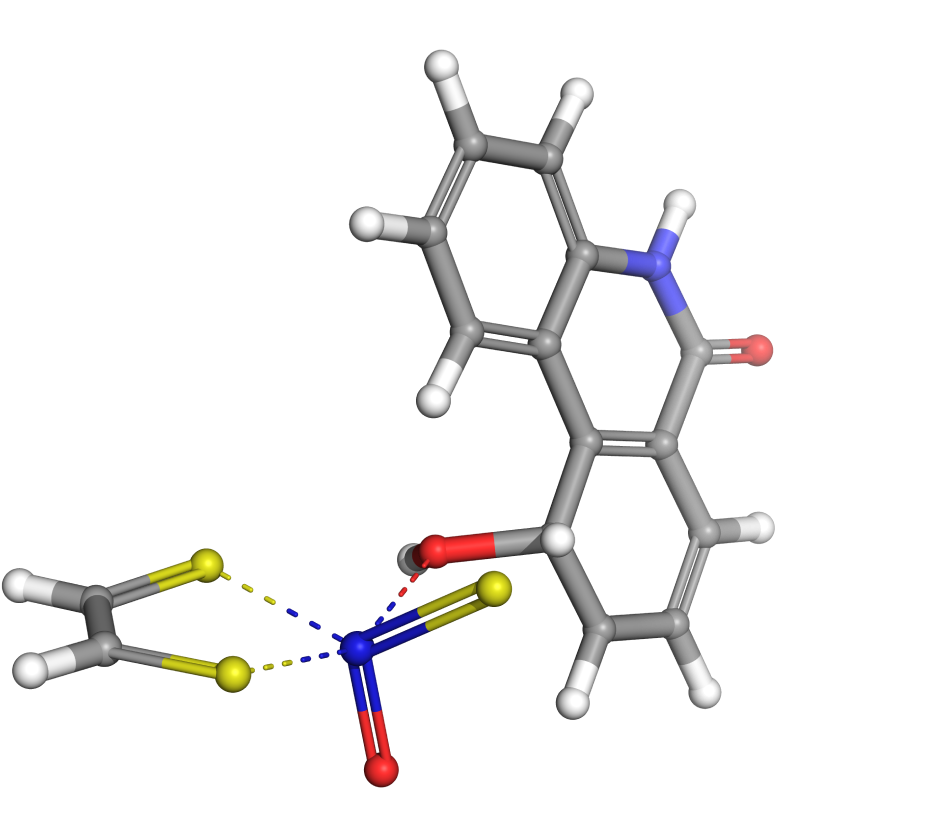Jaguar for Materials Science
Quantum mechanics solution for rapid and accurate prediction of molecular structures and properties

Quantum mechanics solution for rapid and accurate prediction of molecular structures and properties

Jaguar is a well-validated, robust, high-performance quantum mechanics package that specializes in fast predictions of electronic structure and properties for molecular systems of all sizes via the use of pseudospectral density functional theory (PS-DFT) based method which scales favorably with system size.
Jaguar can also be used for the ab initio-assisted design and high throughput virtual screening of new materials solutions with novel or enhanced properties for a variety of applications such as catalysts, batteries, organic electronics, and more.
Including geometry optimization, transition state search, thermo-chemical properties, implicit solvation, spectra prediction, and more
With analytic second derivatives and dispersion corrections
Using the optional pseudospectral approximation
Including pKa prediction, conformationally-averaged VCD and ECD spectroscopy, tautomer generation and ranking, heat of formation, etc.
Including molecular orbitals, electrostatic potential projected on isodensity, spin density, non-covalent interactions, etc.
Discover how Schrödinger technology is being used to solve real-world research challenges.

Learn more about the technical details of Jaguar and its applications.
Get more from your ideas by harnessing the power of large-scale chemical exploration and accurate in silico molecular prediction.
Get answers to common questions and learn best practices for using Schrödinger’s software.

Learn more about the related computational technologies available to progress your research projects.
Secure, scalable environment for running simulations on the cloud
Design solution for novel molecular materials in optoelectronic applications based on a generative algorithm
Atomistic simulation and analysis of charge mobility in solid-state films of organic semiconductors
Automatic workflow to calculate dielectric properties and refractive index
Automated workflows for design, optimization, and unsupervised mechanism discovery in molecular chemistry
Browse the list of peer-reviewed publications using Schrödinger technology in related application areas.
Level up your skill set with hands-on, online molecular modeling courses. These self-paced courses cover a range of scientific topics and include access to Schrödinger software and support.
Learn how to deploy the technology and best practices of Schrödinger software for your project success. Find training resources, tutorials, quick start guides, videos, and more.